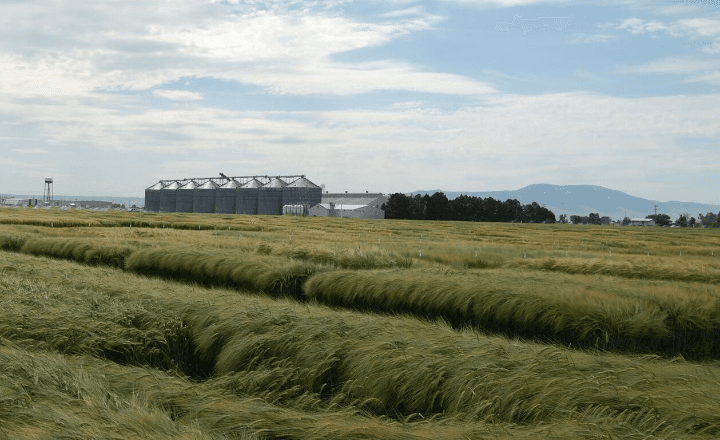
Downing a cold one this summer has just become a tad more guilt free.
MillerCoors, the second largest brewer in the U.S., recently announced it conserved at least 15 billion gallons of water across its entire value chain last year. That update shows more improvement beyond the company’s most recent sustainability report, in which the company said it was nudging closer to its 2020 goal of reducing its water-to-beer ratio to 3:1.
The brewing giant’s most recent water-to-beer ratio, disclosed in its 2016 sustainability report, stands at 3.29:1; further efficiencies in irrigation across its supply chain, along with a wet 2016, should help that company inch even closer to that magic 3:1 goal. In 2011, the company revealed it required 4.07 gallons of water for each gallon of beer that shipped out of its breweries.
As the company discussed in an interview with TriplePundit two years ago, most of MillerCoors’ water footprint is spread across its vast agricultural supply chain. Therefore, the brewer must work with the barley farmers to conserve water in addition to scoping water savings within the company’s operations. By sharing digital technologies and developing water conservation projects with farmers in Colorado and Idaho, the company has been able to reduce both resource and water risks across its supply chain. To date, those efficiencies also have assisted the company with reducing its carbon footprint per barrel of beer by 18 percent when compared to MillerCoors’ 2010 baseline.
Many of these new agricultural developments occur within what the company calls its “showcase barley farms.” New techniques in precision irrigation and companion cropping occur on these farms, and growers can also meet to share and learn the latest best practices in farming. True, MillerCoors can boast about these sustainability metrics while saving money, but farmers benefit from this system, too.
One farm that provides MillerCoors barley serves as a case study for how a brewer can work closely with its supply chain for mutual benefit. A farm in Idaho’s Silver Creek Valley adopted what the company describes as “best management practices” to conserve water via various new tactics. Over the course of three years, the farm ended up saving 400 million gallons of water while reducing its operational costs from $51 an acre to $20 an acre during that time. Improvements including more efficient irrigation systems and equipment retrofits also helped the farm slash its energy costs by $120,000, or over 50 percent, annually.
The steps MillerCoors has taken in recent years mean the brewer is on track to meet 2020 goals. Those efforts over the next three years include ensuring that its sustainability programs focused on farming and water risks will cover 100 percent of the company’s barley-growing regions; a reduction in its carbon footprint by 25 percent; and attain landfill-free operations at all of MillerCoors’ manufacturing and brewing facilities.
Image credit: MillerCoors

Leon Kaye has written for 3p since 2010 and become executive editor in 2018. His previous work includes writing for the Guardian as well as other online and print publications. In addition, he's worked in sales executive roles within technology and financial research companies, as well as for a public relations firm, for which he consulted with one of the globe’s leading sustainability initiatives. Currently living in Central California, he’s traveled to 70-plus countries and has lived and worked in South Korea, the United Arab Emirates and Uruguay.
Leon’s an alum of Fresno State, the University of Maryland, Baltimore County and the University of Southern California's Marshall Business School. He enjoys traveling abroad as well as exploring California’s Central Coast and the Sierra Nevadas.














